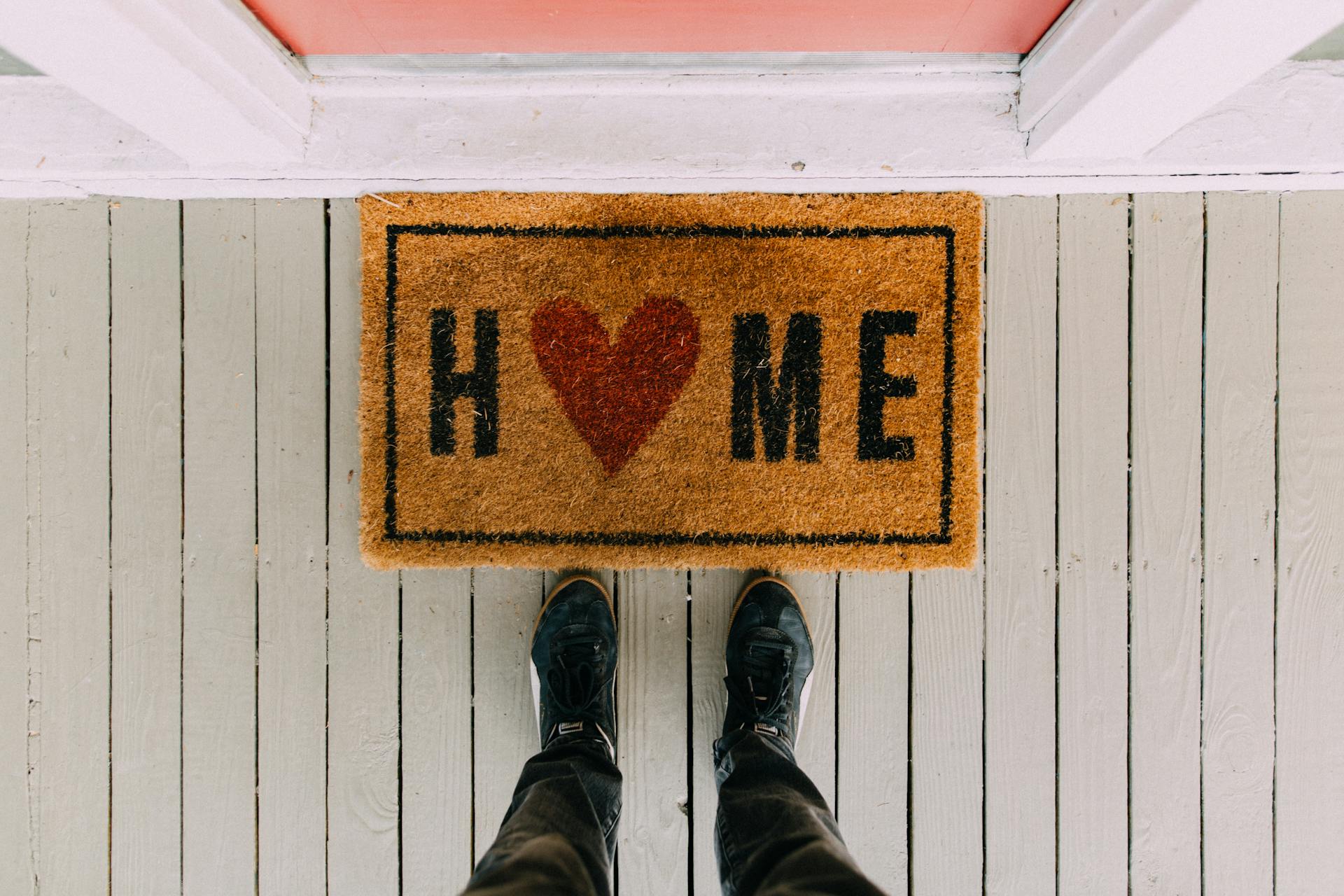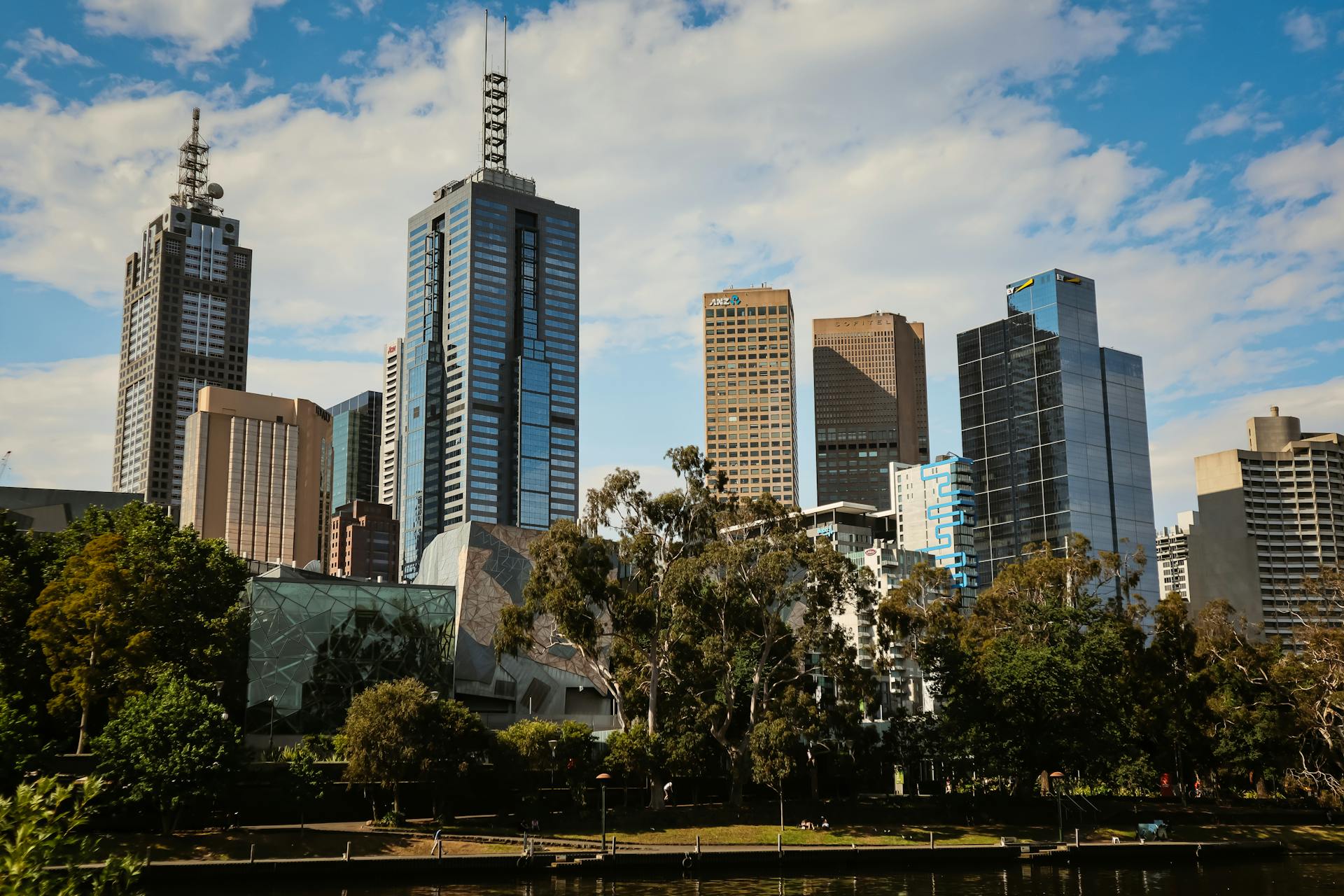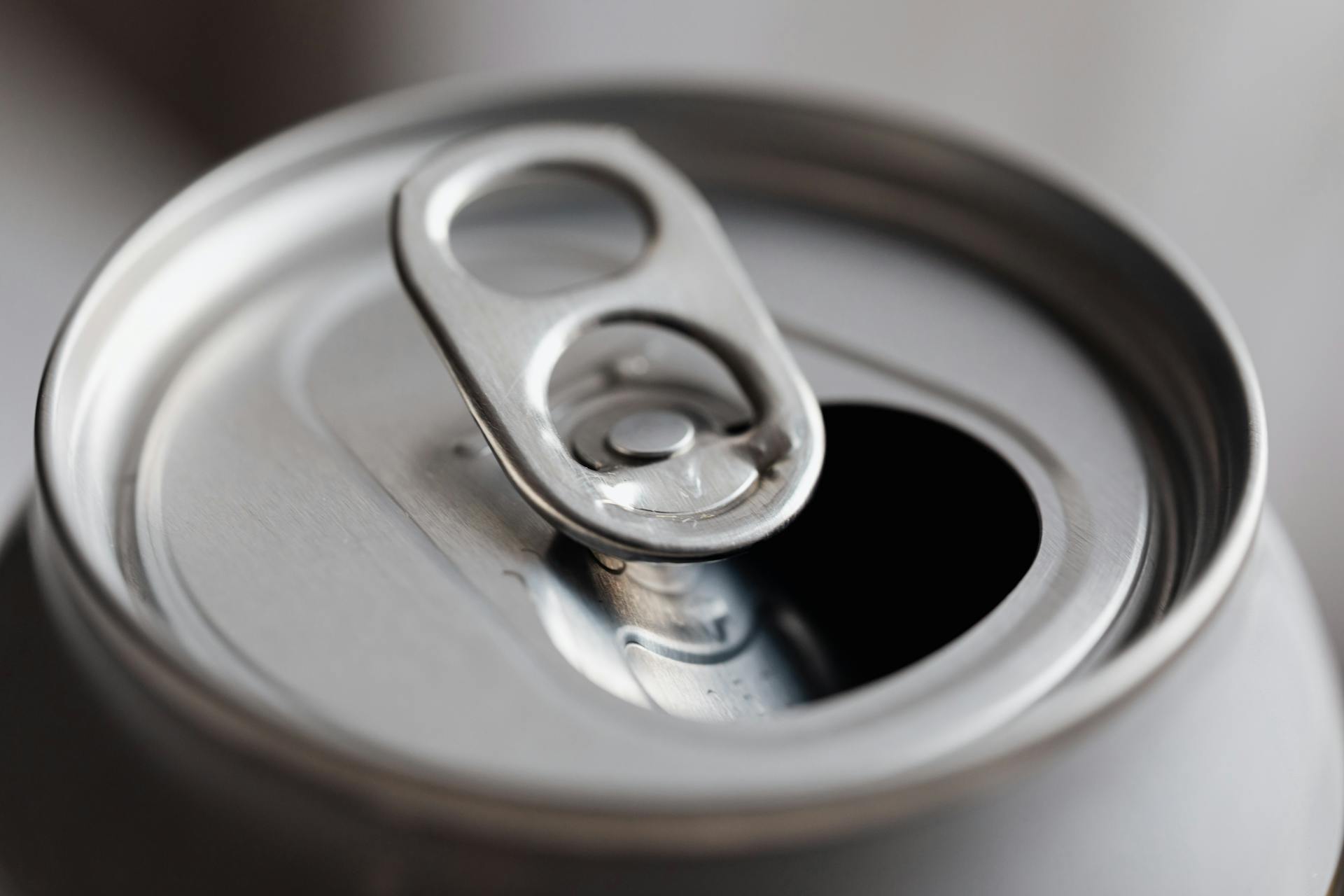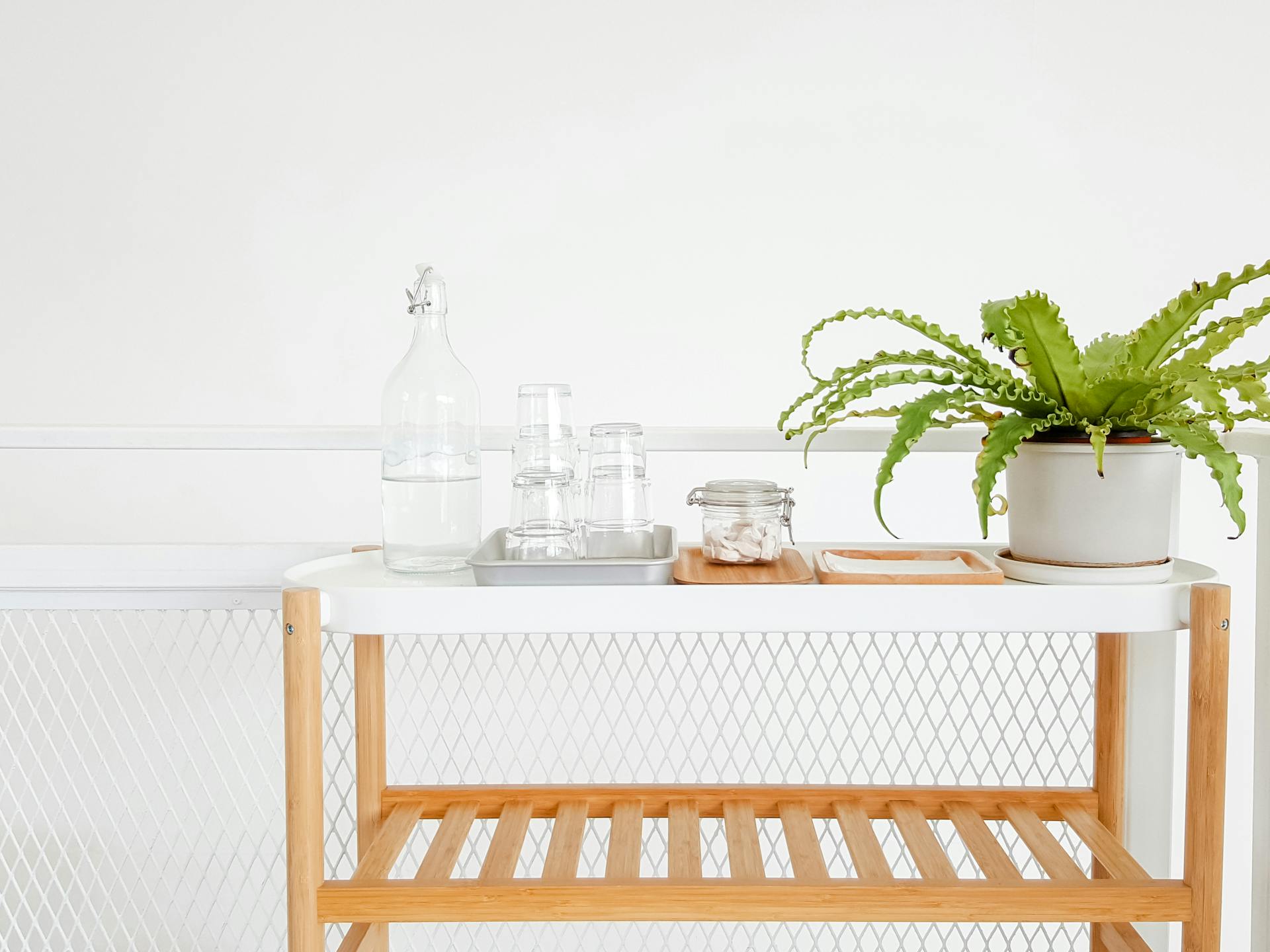
Cool walls are gaining traction as an energy-saving strategy for commercial buildings. These protective coatings can make building materials last longer, potentially reducing the overall energy consumption of a building. In fact, installing solar-reflective materials on both roofs and walls can significantly reduce heat build-up (HBU) and potentially reduce air conditioning loads.
One winning strategy for creating cool walls is applying a solar-reflective coating, making them similar to cool roofs. This approach is particularly useful for renovation projects alike, where existing facades can be upgraded with this technology. With the help of companies like APV Engineered Coatings, building owners now have access to a range of specialized coatings that can transform their properties into more energy-efficient structures.
In this article, we'll explore how cool walls work and how they differ from other energy-savings strategies such as green roofs or insulation. We'll also delve into the science behind solar-reflective coatings and why they're becoming increasingly popular in commercial buildings. So let's take a closer look at how blue coating photo courtesy of APV Engineered Coatings can help reduce buildings' carbon footprint while extending the life of their facades!
Energy Use in Commercial Buildings
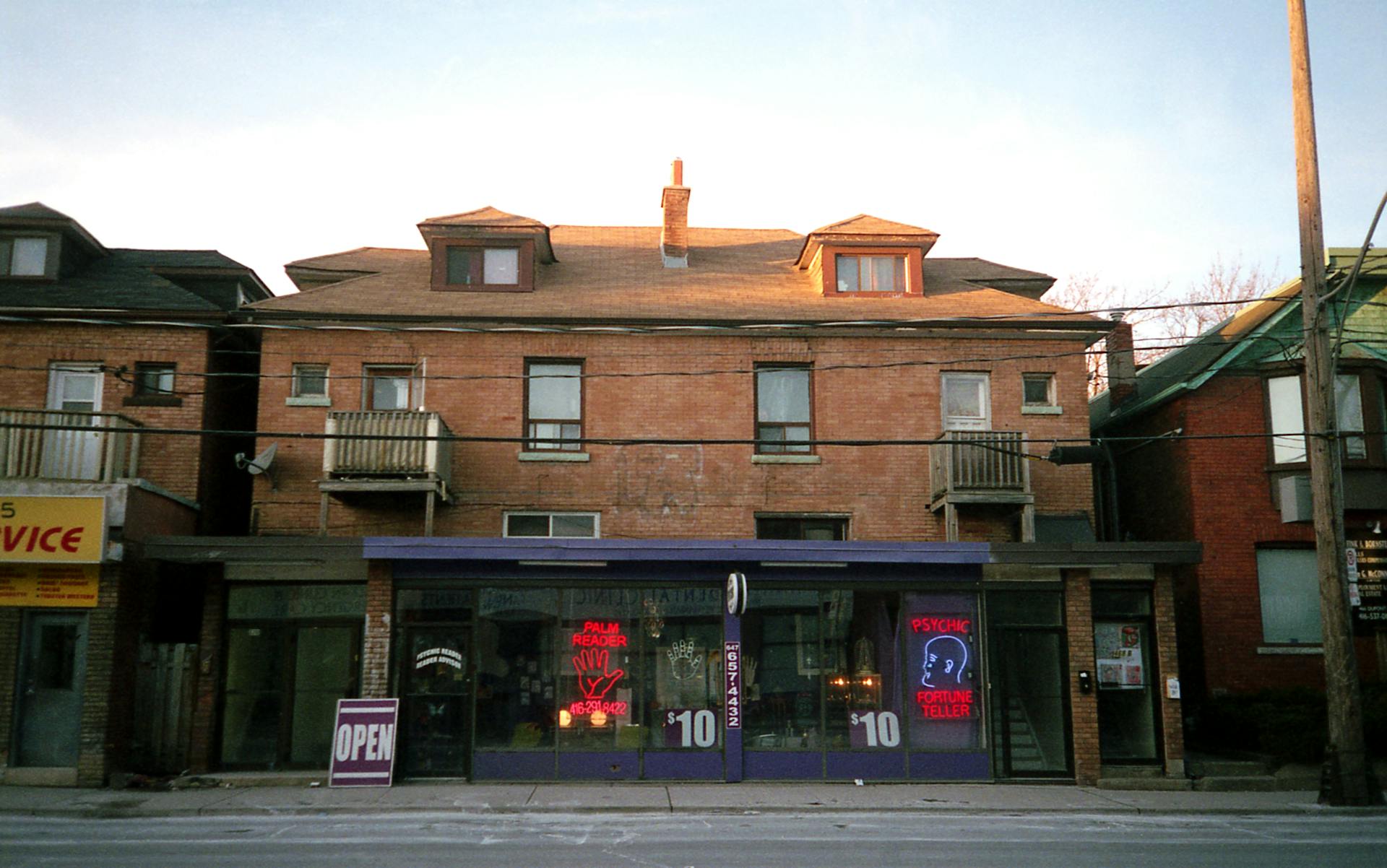
The average commercial building accounts for a significant portion of a country's primary energy consumption. According to the Lawrence Berkeley National Laboratory, commercial buildings' electricity consumption can increase during hot weather due to urban heat islands (UHIs). UHIs are formed when heat-absorbing infrastructures like buildings and roads emit heat, making the air warmer. This results in increased air conditioning energy use and can impair air quality, aggravating heat-related and respiratory illnesses.
To help commercial buildings reduce their environmental footprint, property owners must recognize significant savings through improved energy efficiency. This is where "cool walls" come in. These walls have a black facade that reflects sunlight instead of absorbing it, reducing UHI formation and keeping the air cooler. Cool walls also help retain tenants by providing a valuable point for achieving credits with green building programs like USGBC's LEED program, Green Building Initiatives' Green Globes program, and International Living Future Institute's Living Building Challenge certifications.
Cool walls not only improve energy efficiency but also help reduce operating costs for commercial buildings. By utilizing new technologies like APV Engineered Coatings' cool wall system, properties can save up to 30% on cooling costs while achieving higher thermal emittance levels than traditional coatings. With these benefits, it's no wonder why more commercial property owners are adopting cool walls as part of their sustainable building strategies.
A Large Screen
Have you ever thought about using a large screen as a cool wall feature? It's a great way to add interest and dimension to an otherwise plain wall space. Consider installing trellis or antique rosewood screen frames to create a unique and eye-catching display. Dining room designed by Shawn Henderson? Add a large screen as a statement piece and watch as it transforms the entire room.
The Cooling Effect of Coatings
Coatings provide an essential role in achieving high TSR LRV, thermal emittance properties, and additional protection for building materials. According to APV Engineered Coatings, "cool walls" are created by applying exterior latex or premium acrylic binders that contain reflective pigments to the coated surface. These coatings help to reduce TSR and provide the performance needed for related energy savings.
The type of binder discussed previously is commonly used in a variety of coating systems formulated for composite building materials, natural building materials, and Building Product OEM applications. A PVDF-based formulation is often used due to its long-term protection. PVDF's incredibly strong carbon-fluorine bonds stand up well against elements allowing for mold resistance color retention and significantly longer dirt shedding.
Coatings pigments play a crucial role in reflecting UV energy from the sun's rays. Organic pigments are used primarily for their color strength, whereas complex inorganic pigments like mixed metal oxides are designed more for their UV-reflective properties. However, it's important to note that coatings suffer from something called film erosion which occurs when the coating chalks and no longer protects against elemental exposure.
Discover the Surprising Style of Black: Cool and Chic

When it comes to choosing colors for your walls, darker colors coatings are often overlooked because they can absorb more heat from the sun's rays, causing heat buildup in your home. However, recent tests conducted by Berkeley Lab have shown that cool dark colors reflect more sunlight than conventional binders and provide desired cooling effects. Lighter colors reflect more of the sun's rays, but cool dark colors reflect enough to boost solar reflectance while still creating a visual impact.
Building owners looking to replace their siding or window trim may shy away from black because it's not a standard warm color. However, matching cool color with traditional materials can boost solar reflectance and thermal emittance properties desired for energy savings. According to APV Engineered Coatings, their pvdf-based coating formula with ir-reflective pigments offers lower TSR LRV than standard non-metallic inorganic black pigment but dramatically reduced heat gain values compared to standard black coatings. In recent tests, off-the-shelf acrylic-based premium black paints tested at 419 HBU readings while APV PVDF-based topcoat on black test specimens gave only 28 HBU readings. Additionally, control samples of PVC-based composite siding trim board from a leading PVC siding manufacturer receiving complaints that their black siding material warped in UV-prone environments did not warp when coated with APV PVDF-based coatings with IR reflective type pigments.
In conclusion, don't be afraid to consider the color black for your walls or building materials. With new technologies like ir-reflective pigments and pvdf-based coatings, you can achieve the greatest cool performance compared to standard warm-colored coatings without affecting appearance. By reducing heat gain values and boosting solar reflectance and thermal emittance properties desired for energy savings, you will not only help reduce your carbon footprint but also save money on energy bills. Image courtesy of APV Engineered Coatings.
Calm and Collected: Maintaining Your Composure

Maintaining your composure in stressful situations is crucial, just like maintaining the durability of building systems. The sun's heat and UV rays are some of the biggest contributors to reduced durability of roofs, siding, and other facade materials. That's where high-performance coatings come into play - they resist buildup of dirt, mold, and mildew, keeping buildings cleaner and reducing maintenance needed.
One recent trend in selecting dark facade components is using proper coatings that have reflective properties. PVDF resin coatings are particularly effective in reflecting UV and infrared radiation while also helping buildings reduce heat absorption. This not only contributes to environmentally sustainable practices but also saves property owners alike on energy costs. Building product OEMs and architectural renovation specifiers can consult recognized experts who contribute opinion columns on this topic to ensure they're staying up-to-date with the latest news and trends.
Industry experts are advocating for high-performing sustainable built environment practices wed with proper use of coatings that reduce film erosion, ensuring longer-lasting facade materials. With coverage sent straight from research conducted by these experts, it's easy to stay informed on how to maintain a cool wall and a cool head in any situation.
Discovering the Secret behind Being Cool
Have you ever wondered what makes a person cool? It turns out that buildings can be cool too! With the implementation of cool roof technology, buildings are able to reduce energy consumption, improve occupant comfort, and reduce maintenance costs. The secret lies in the material surface properties and total solar reflectance (TSR) of the roofs.
Traditional dark roofs have been known to reach temperatures up to 100°F on a sunny day, while cool roofs with solar-reflective surfaces maintain lower roof temperatures by reflecting incoming sunlight. Light-colored materials typically reflect 55% of usable light, compared to dark roof materials which only reflect 5%. By wearing light-colored clothing on a hot summer day, we can experience firsthand how much cooler we feel. Cool roofs can make a building up to 50°F cooler than traditional dark roofs.
Measuring coolness is done through the Solar Reflectance Index (SRI), which takes into account both solar reflectance and thermal emittance values. Thermal emittance describes how well a surface cools by emitting thermal radiation. A perfectly efficient emitter would have an emittance value of 1.0, while nonmetallic surfaces with high thermal emittance values are able to release heat more effectively. The SRI combines both the solar reflectance and thermal emittance values to give an overall measure of how cool a roof surface is. Clean white roofs typically have an SRI value over 100, while clean black roofs have an SRI value around 0.
Frequently Asked Questions
What are the best wall-covering ideas?
Some of the best wall-covering ideas include wallpaper, paint, textured panels, and natural materials like wood or stone. The choice ultimately depends on personal style and budget.
Can 'cool' exterior walls save energy?
Yes, cool exterior walls can save energy by reflecting sunlight and reducing the amount of heat absorbed by the building, which in turn reduces the need for air conditioning.
What are the different types of wall coverings?
There are several types of wall coverings such as paint, wallpaper, vinyl, fabric, and wood paneling. Each has its own unique style and benefits depending on your preference and needs.
How much sunlight does a cool wall reflect?
A cool wall can reflect up to 90% of sunlight, reducing heat absorption and lowering energy costs. The exact amount reflected depends on factors such as the color and texture of the wall, as well as the angle of the sun's rays.
Why is it important to cover your walls?
Covering your walls is important because it protects them from damage, adds insulation to your home, and can improve the overall appearance of your space.
Featured Images: pexels.com
